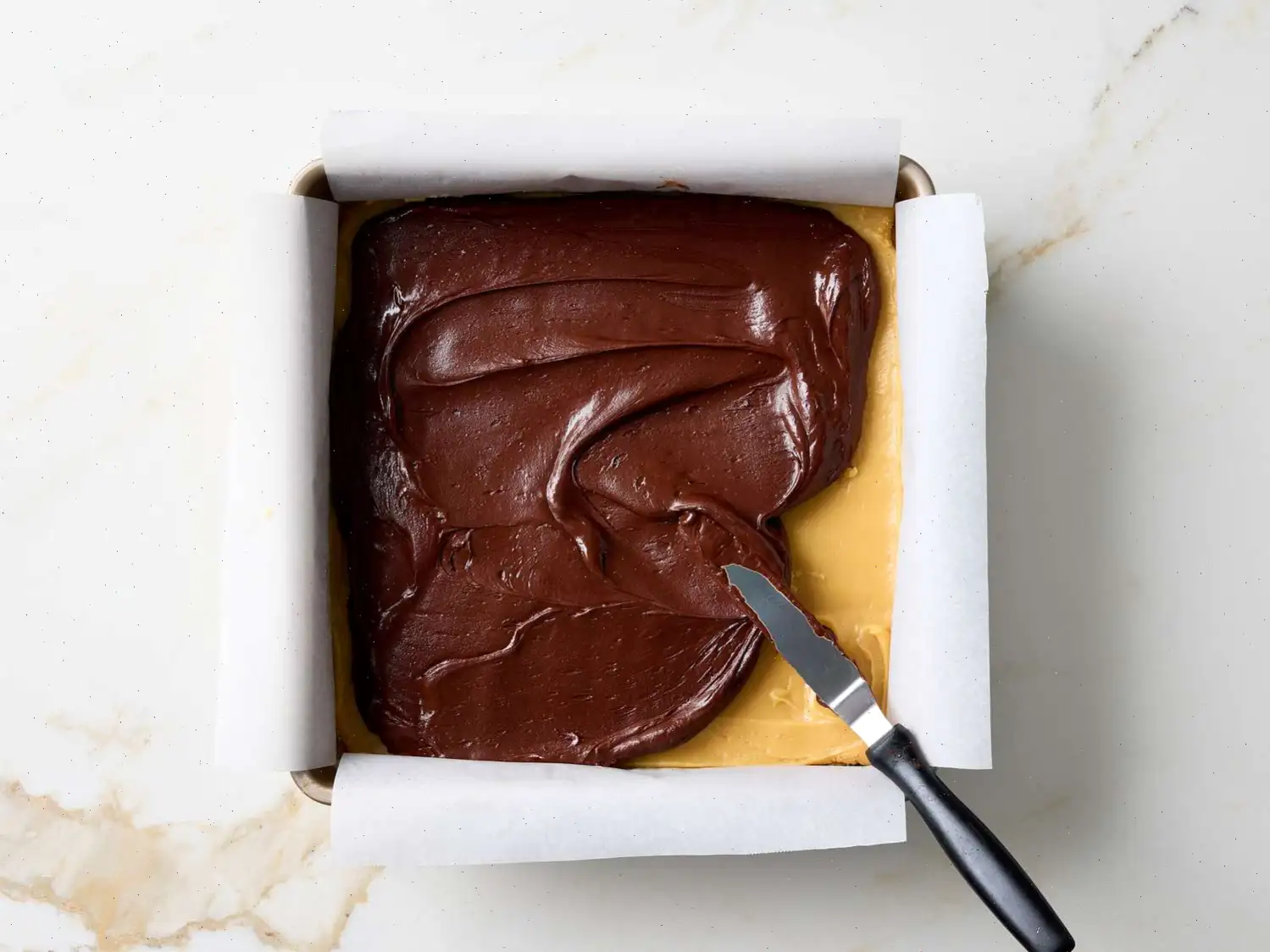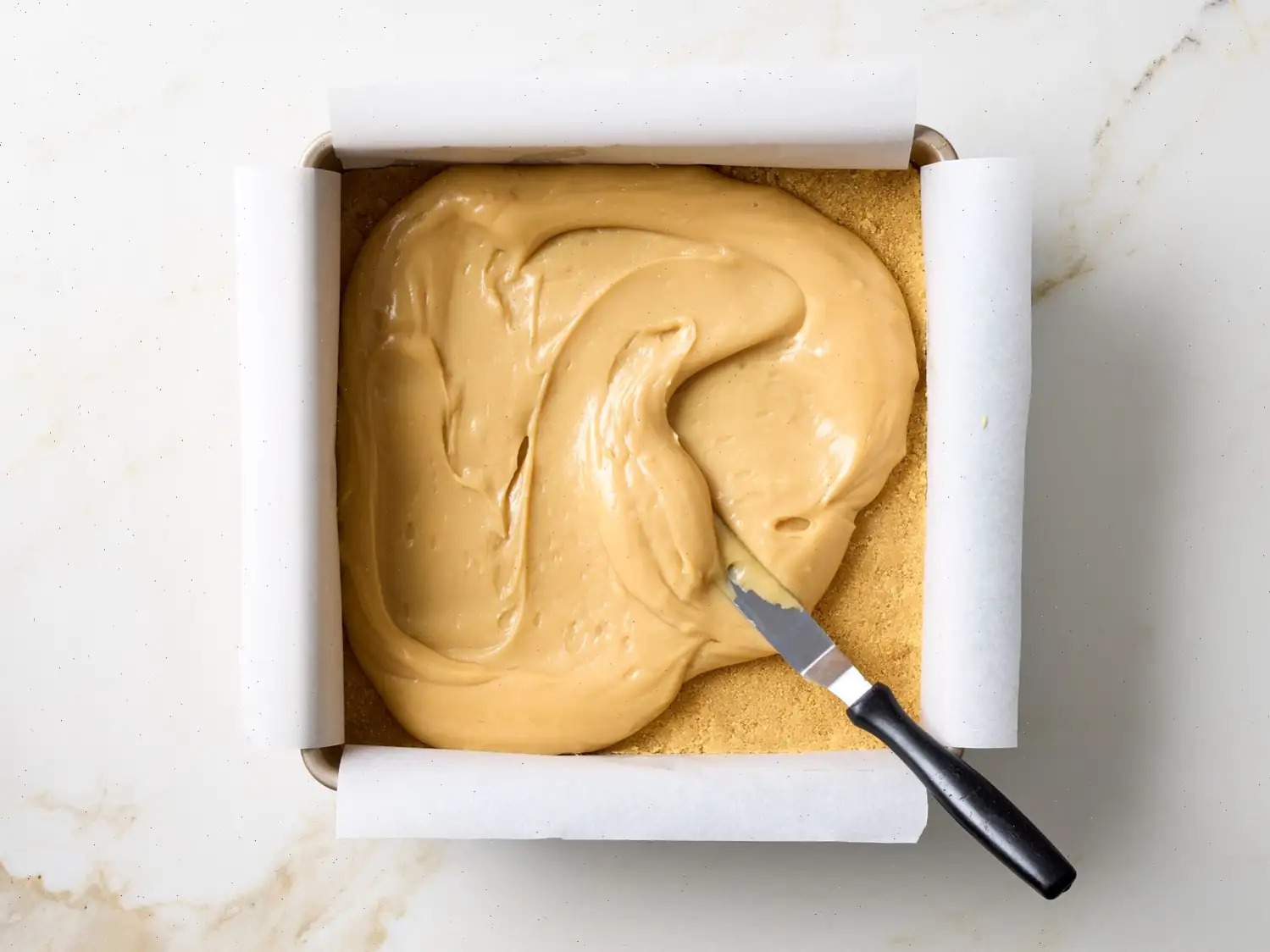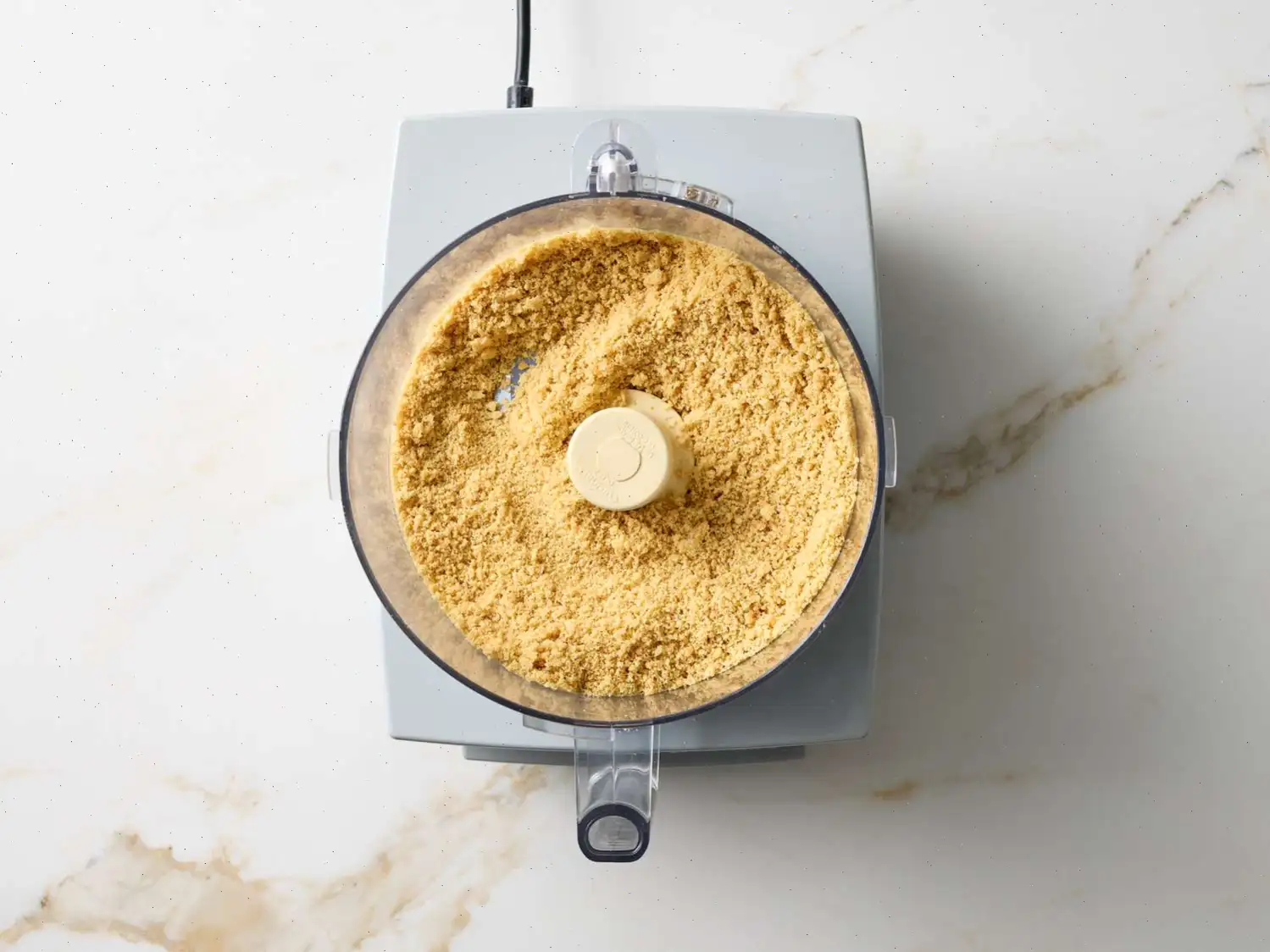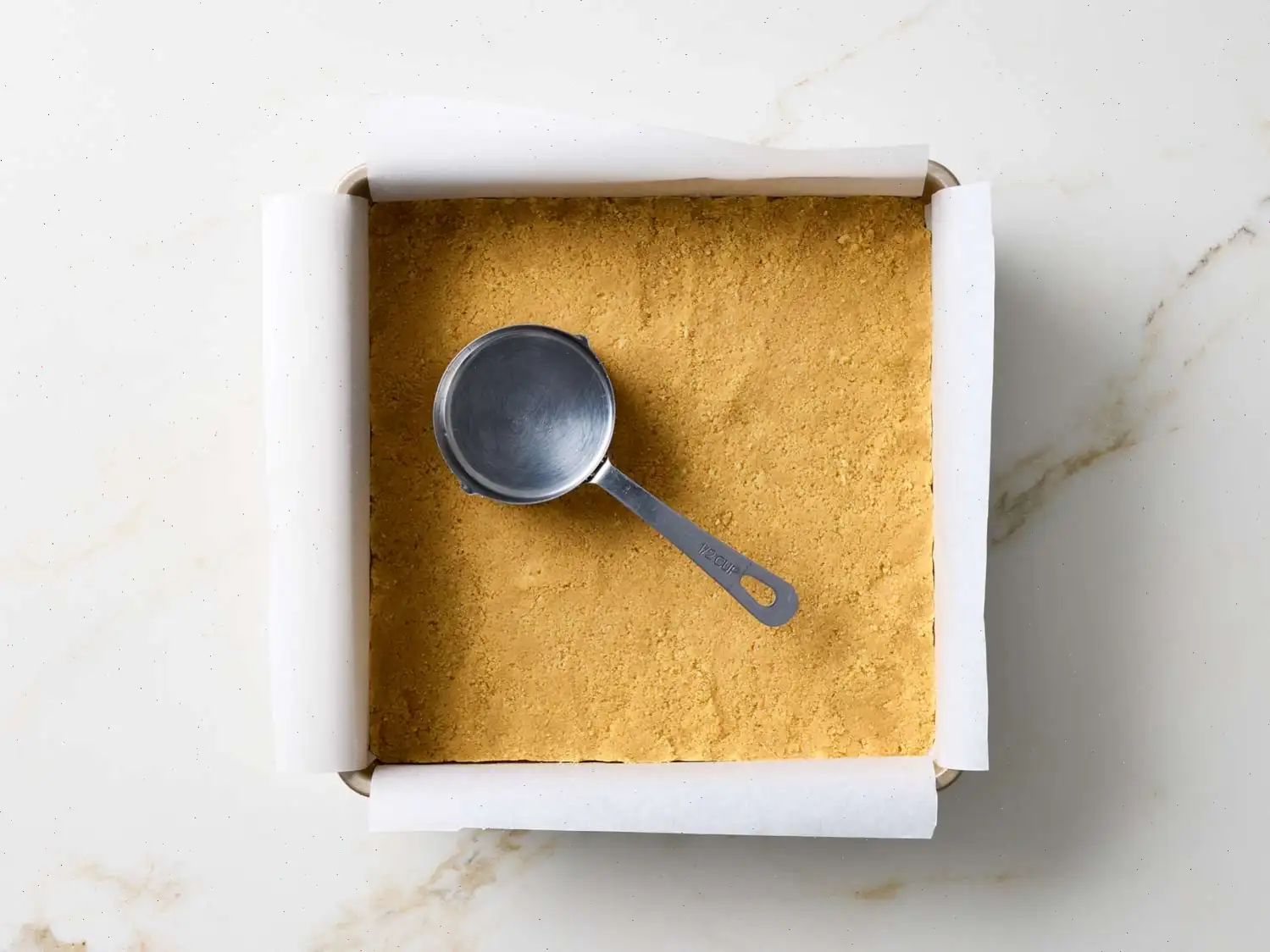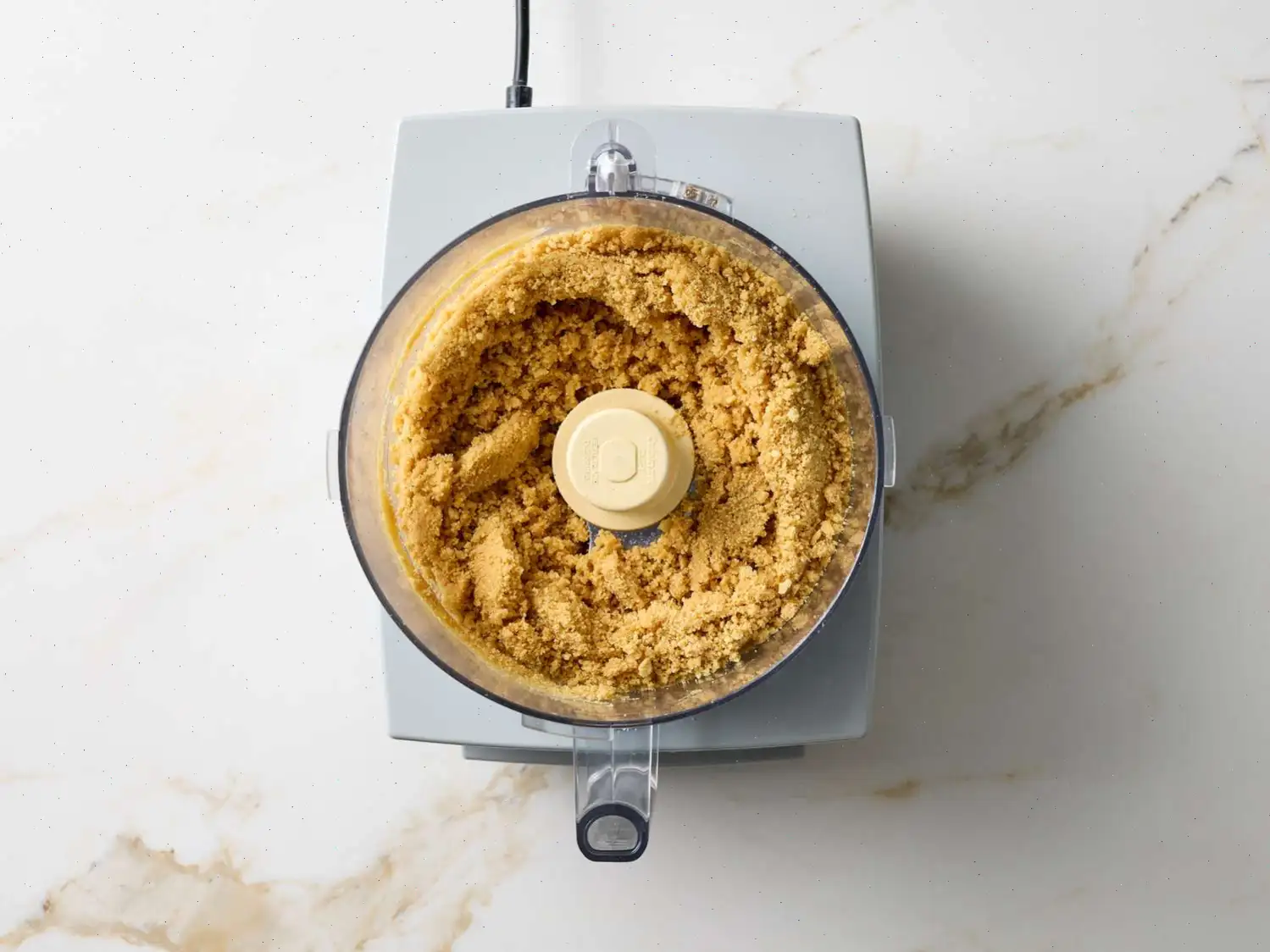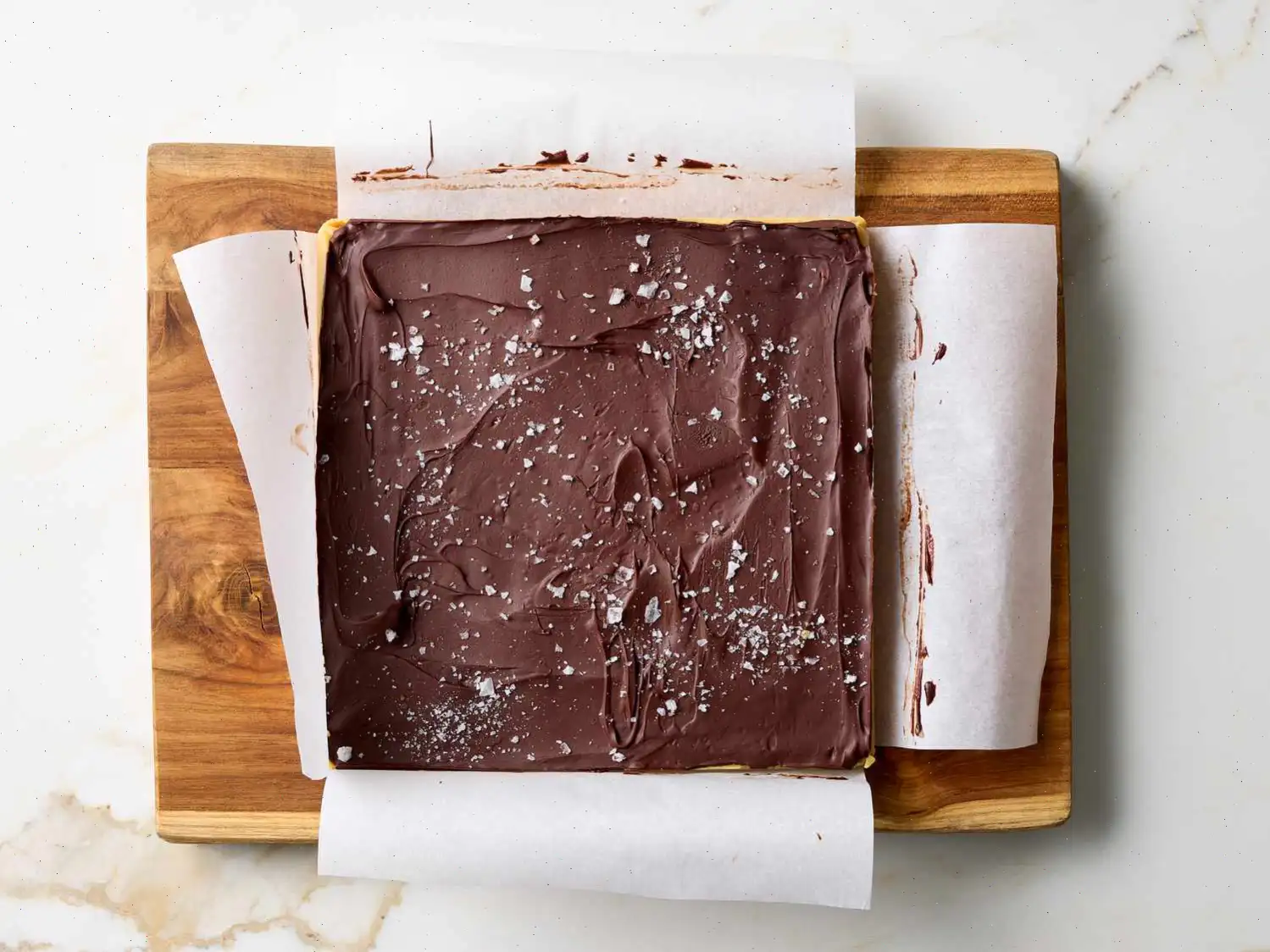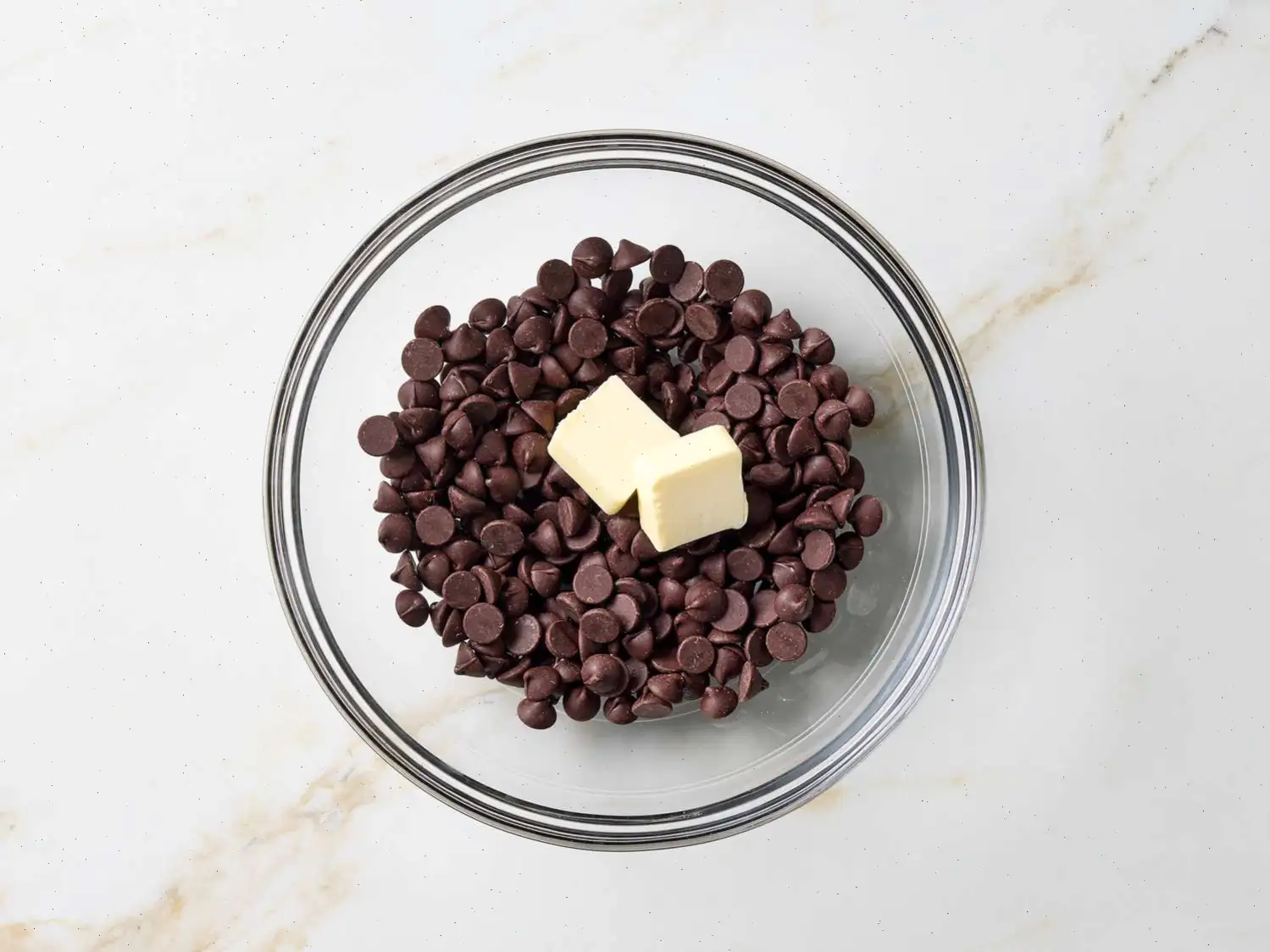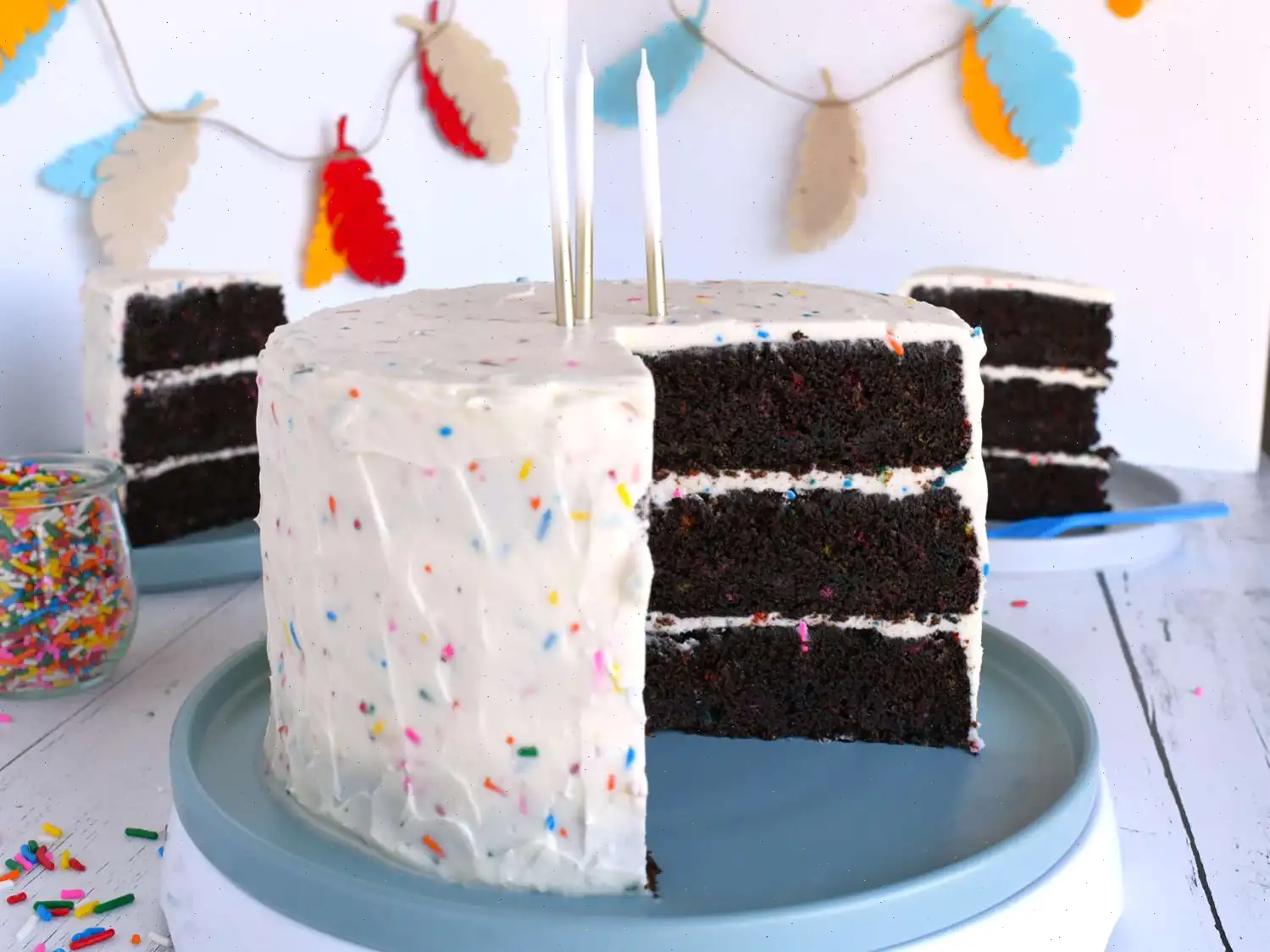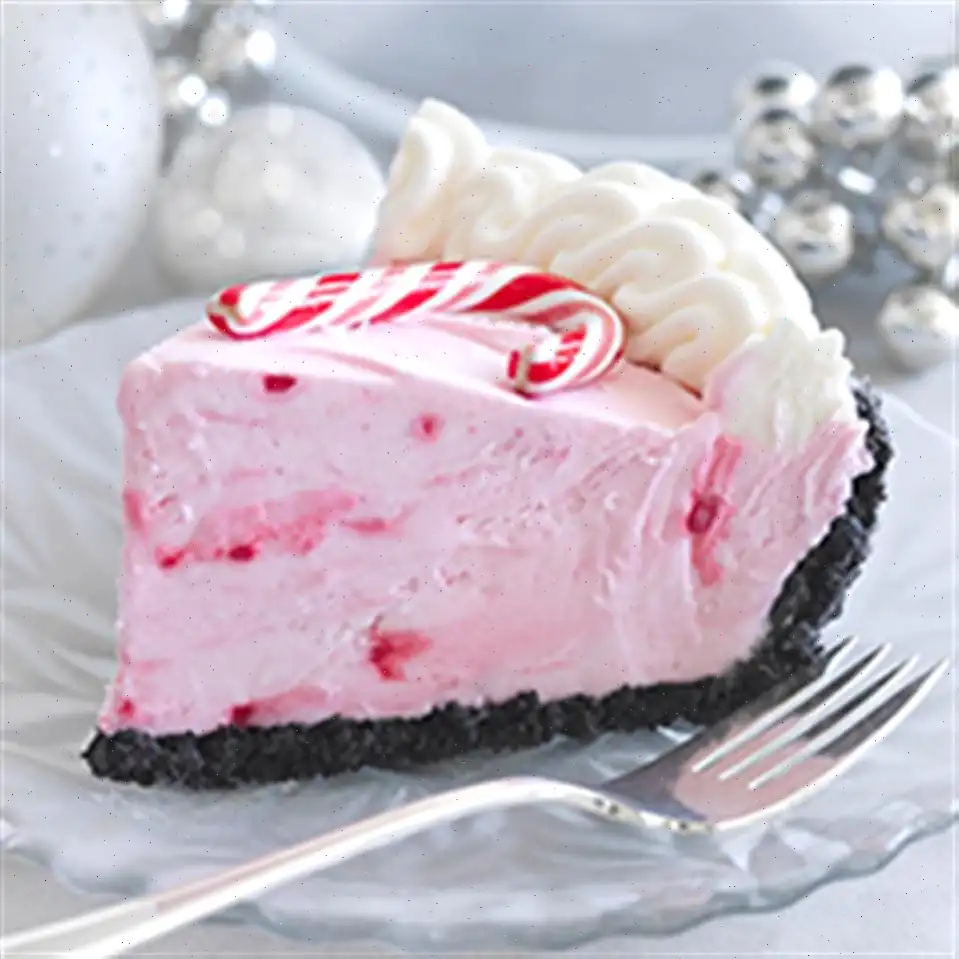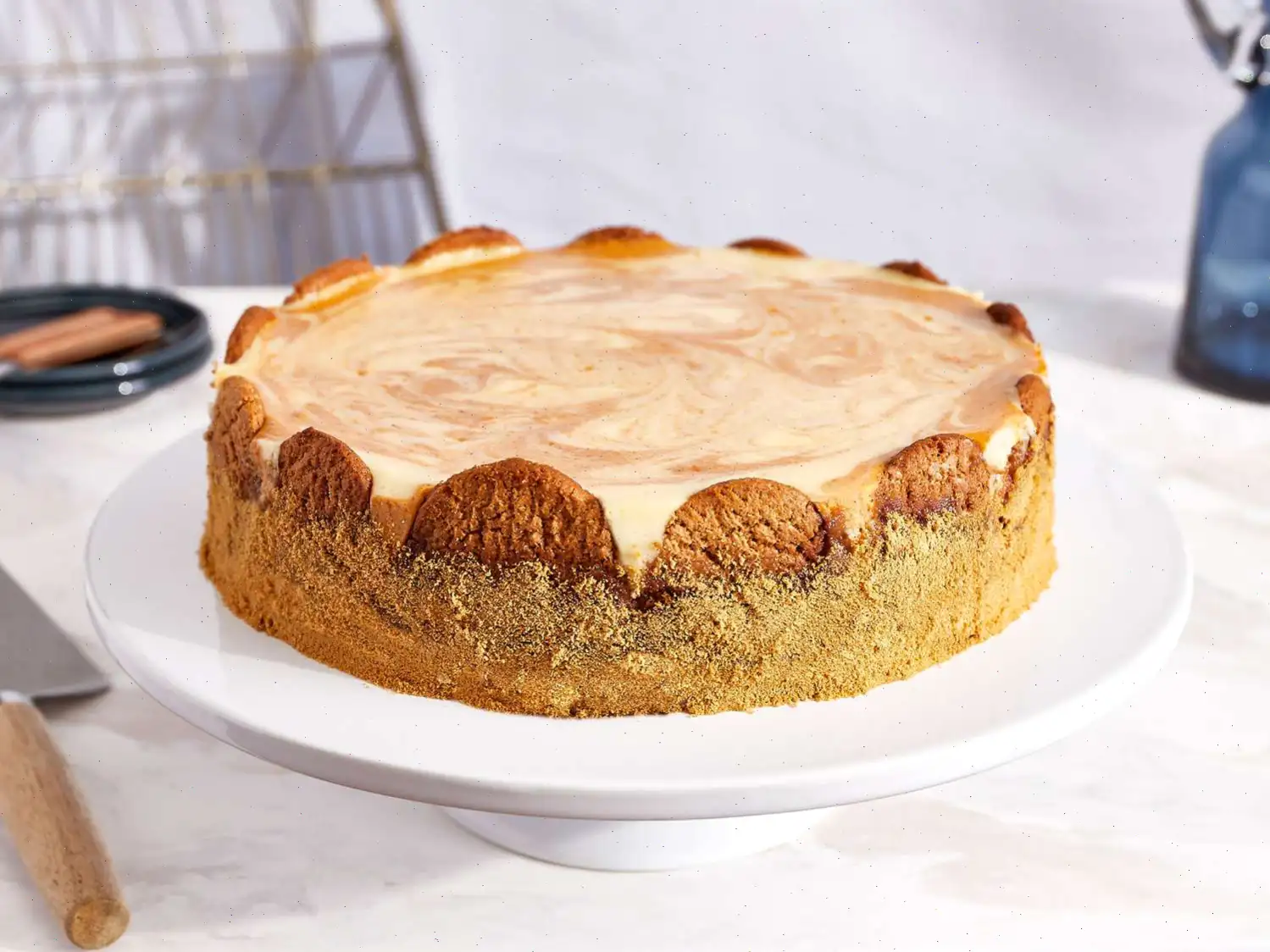
No-Bake Millionaire’s Shortbread Recipe
Ingredients:
- 10 ounces shortbread cookies
- 1 cup butter, divided
- 1 (14-ounce) can sweetened condensed milk
- 6 tablespoons brown sugar
- 1/4 teaspoon salt
- 10 ounces dark chocolate chips
- 1/2 teaspoon coarse sea salt (optional)
Directions:
- Begin by gathering all your ingredients.
- Grease a 9x9-inch square baking pan and line it with parchment paper. Ensure that the parchment paper overhangs the edges by 1 inch.
- Place the shortbread cookies in a food processor and pulse them until fine crumbs form.
- In a separate bowl, melt 1/2 cup of butter. Add this melted butter to the cookie crumbs in the food processor and pulse again until well combined.
- Press the cookie mixture firmly and evenly into the bottom of the prepared baking pan. Use the flat bottom of a measuring cup or glass to ensure the mixture is compacted evenly. Refrigerate for 30 minutes.
- While the cookie crust chills, combine the remaining 6 tablespoons of butter, sweetened condensed milk, brown sugar, and salt in a saucepan. Cook over medium-high heat, stirring often, until the mixture begins to boil.
- Once boiling, reduce the heat to medium and continue cooking, stirring constantly, for about 6 to 8 minutes. The mixture should thicken and darken in color. Use a candy thermometer to check the temperature it should read 230 to 235F (110 to 113C).
- Pour the caramel over the chilled cookie base, spreading it out evenly. Refrigerate for 2 hours to allow the caramel to set.
- After the caramel has chilled, place the dark chocolate chips and the remaining 2 tablespoons of butter in a microwave-safe bowl. Microwave on High for 1 to 2 minutes, stirring every 20 seconds, until the chocolate is completely melted and smooth.
- Spread the melted chocolate mixture evenly over the chilled caramel layer.
- If desired, sprinkle the top with coarse sea salt after letting it sit for about 10 minutes. Refrigerate the entire pan for 1 hour, or until the chocolate layer is fully set.
- Once set, remove the dessert from the pan and place it onto a cutting board. Let it stand at room temperature for 30 minutes, which will make it easier to cut without cracking.
- Cut into 24 bars and enjoy!
Nutrition Facts (per serving):
- Calories: 275
- Total Fat: 16g (21% DV)
- Saturated Fat: 9g (46% DV)
- Cholesterol: 29mg (10% DV)
- Sodium: 156mg (7% DV)
- Total Carbohydrate: 30g (11% DV)
- Dietary Fiber: 1g (4% DV)
- Total Sugars: 23g
- Protein: 3g (6% DV)
- Vitamin C: 1mg (1% DV)
- Calcium: 76mg (6% DV)
- Iron: 1mg (8% DV)
- Potassium: 165mg (4% DV)
* Percent Daily Values are based on a 2,000 calorie diet. Your daily values may be higher or lower depending on your calorie needs.
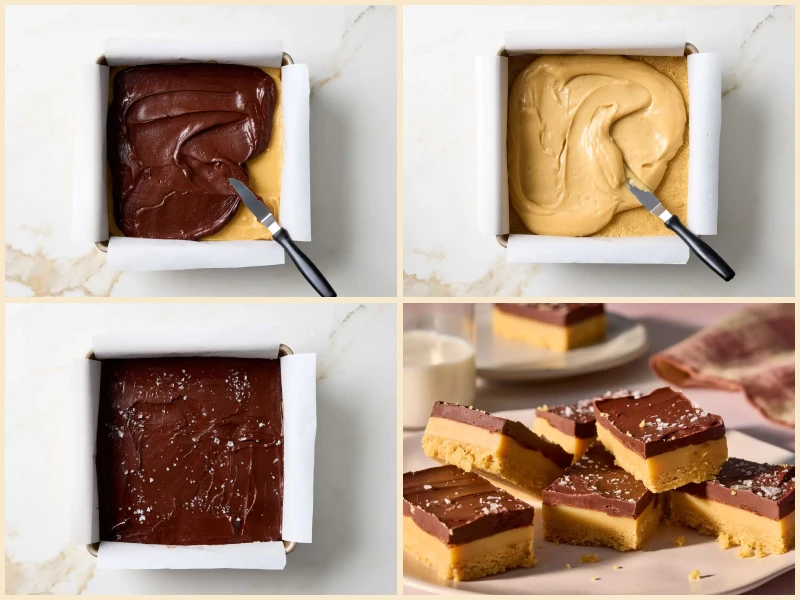

Origin and History
The luxurious Millionaire's Shortbread has a rich history rooted in British confectionery traditions. While the exact origin remains unclear, the dessert is often attributed to Scotland, where shortbread has been a beloved staple for centuries. Its name, "Millionaire's Shortbread," reflects the indulgent nature of the dessertcombining a buttery shortbread base, creamy caramel, and rich chocolate, making it a treat fit for royalty or anyone with a sweet tooth. The "no-bake" variation, which is becoming increasingly popular, simplifies the process by eliminating the need for an oven, making it a quicker, more accessible version of the classic dessert.
Regional Variations
While Millionaire's Shortbread is a classic treat in the UK, it has variations depending on regional preferences. In Scotland, the traditional shortbread is sometimes made with a thicker layer of caramel, while other regions may add nuts or different types of chocolate, such as milk or white chocolate. In some parts of the UK, the caramel is given a hint of salt or a touch of whisky to deepen the flavor profile. The no-bake variation allows for even more flexibility, with ingredients like biscoff cookies or graham crackers being substituted for shortbread in some recipes.
Differences from Similar Desserts
Although similar in structure to other layered desserts like caramel slice or toffee bars, the No-Bake Millionaires Shortbread stands out with its combination of crisp shortbread, melt-in-your-mouth caramel, and glossy chocolate topping. What distinguishes it from other caramel desserts is the particular focus on a buttery shortbread base, which adds a unique texture that is both crumbly and rich. Additionally, the no-bake method makes it easier to prepare, especially compared to other caramel bars that require baking and longer preparation times.
Where It's Typically Served
This dessert is commonly served at gatherings, tea parties, or special occasions like birthdays and holidays. In the UK, it is a popular choice at afternoon tea, served alongside a hot cup of tea or coffee. The no-bake variety, with its quicker preparation time, makes it a great option for last-minute parties or as a casual sweet treat for family and friends. It is also often sold in bakeries and cafes, particularly in Scotland, where shortbread is a staple of local baking culture.
Fun Facts
1. Shortbread itself dates back to the 12th century in Scotland, originally a Christmas treat made with leftover dough from bread-making.
2. The "millionaire" aspect of the shortbread is a playful nod to its richness; the combination of three luxurious layers makes it a decadent indulgence. While not actually linked to millionaires, the dessert certainly feels indulgent enough to be worthy of the title.
3. In recent years, the no-bake version has gained popularity due to its easy preparation and the fact that it doesnt require the use of an oven, making it perfect for warmer months or for those who prefer not to bake.
FAQ about No-Bake Millionaire’s Shortbread Recipe
Comments
Rachel Ramirez
06/05/2024 06:42:06 PM
Excellent job
Nicholas Campbell
10/08/2022 01:11:30 AM
I believe the recipe was excellent as it demonstrated that I am capable of cooking as well.


